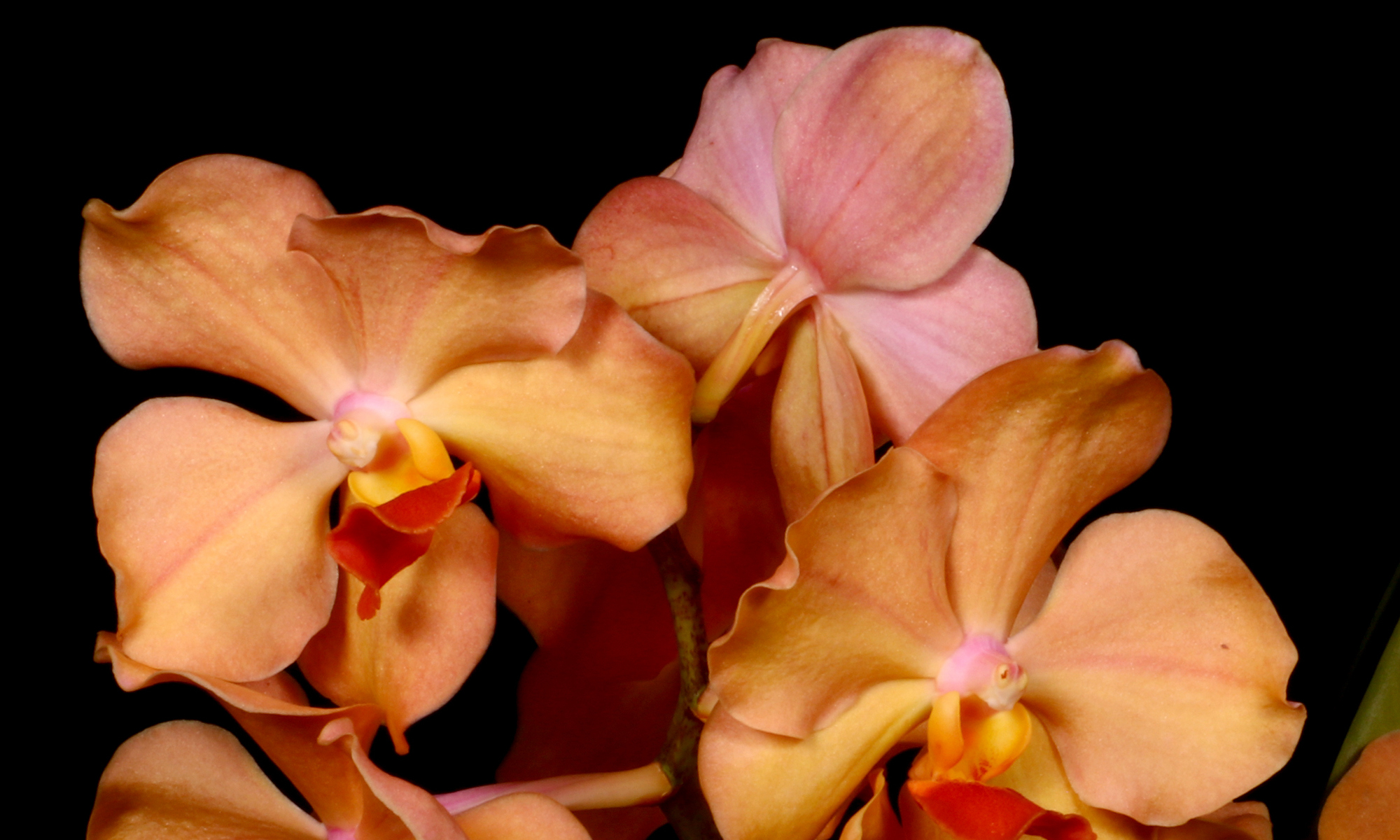Many flowering plants and some orchids base flowering on photoperiod, however temperature variations rather than day length initiates flowering in many orchids.
Many orchids flower only after a drop in temperature. Toeh Eng Soon reported that in California Phalaenopsis flowering is stimulated by a drop of 13 degrees Centigrade at night, in Florida a drop of 18 degrees Centigrade is needed. Many indoor orchids will benefit by being placed outdoors during our usual January and February cold spells.
This is excerpted from Orchids of Asia. byToeh Eng Soon. 1995. pp 246-248
Dendrobium crumenatum, the Pigeon Orchid, flowers exactly nine days after a drop in temperature associated with a thunder storm. All the plants in the area bloom gregariously. ( Biology again, this orchid only stays in bloom 6-7 hours and if members flowered at different times, pollination would be unlikely, if not impossible, in the short time frame).
Rhynchostilis gigantea requires a drop in night temperature and reasonably cool nights for red coloring in to be intense or even be evident in the common spotted form of our Fox Tail Orchid.
Many Cattleya and Dendrobium species require both short days and lowered temperatures to flower. However, there are also species in both genera that require year-round warmth. Do your homework and know your plants!
High night temperatures are associated with spikes that elongate and never flower in Phalaenopsis schilleriana but plantlets will form on the spikes. Other undesirable side effects of high temperature are small sized flowers, poor floral shape, and diminished color intensity.
As the temperatures drop, so does the photosynthesis activity in our plants. A general slowing down of water and food is good general advice as we make it through a typical Florida winter.
